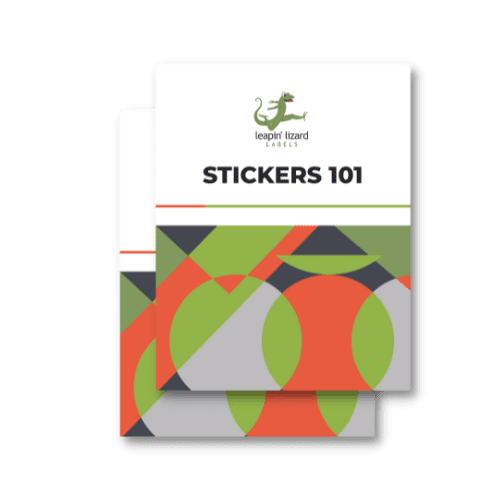If you’ve never heard the term before, you may be thinking what in the world is BOPP? Not to be confused with the 90’s memory game, BOPP stands for biaxially-oriented polypropylene. This is an idyllic printing surface that can be utilized for stickers, labels and more in the printing industry! Today we’re going to be diving into a quick overview of BOPP and it’s uses.
So What Is It, Really?
BOPP is derived from polypropylene, which is a thermoplastic polymer that is incredibly cost-effective to make. Stretching the polypropylene out in opposite directions is where the biaxially-oriented is introduced. This stretching process produces durability and clarity in the material. The final form is a pliable and transparent film that can be made in a variety of thicknesses and dimensions depending on your needs. Its non-reactive state is beneficial for the food and healthcare industries.
Uses
Because of all these attributes of polypropylene, there are an abundance of practical uses for it. These can include, but are not limited to labels, stickers, plastic ropes, medical devices that use plastic, food containers that won’t melt in the dishwasher, clear bags and other packaging, and stationary items. It comes as no surprise that this is the second-most produced plastic on the market today.
Labels and Beyond
Printing is our specialty, and based on the facts above, biaxially-oriented polypropylene can be an incredible tool for this industry. It can be produced in a variety of colors like clear, white or even metallic, and has great endurance when it comes to wear, making it an excellent choice for product labeling. It’s resistant to acidity and non-toxic to ingest, which is great for food labels.
You can see why biaxially-oriented polypropylene is so useful for those in the printing industry and beyond! This multi-use plastic has changed the game, and is the easy choice for many of our favorite projects. Now you know the basics of BOPP; let us know what projects you would use it for!


